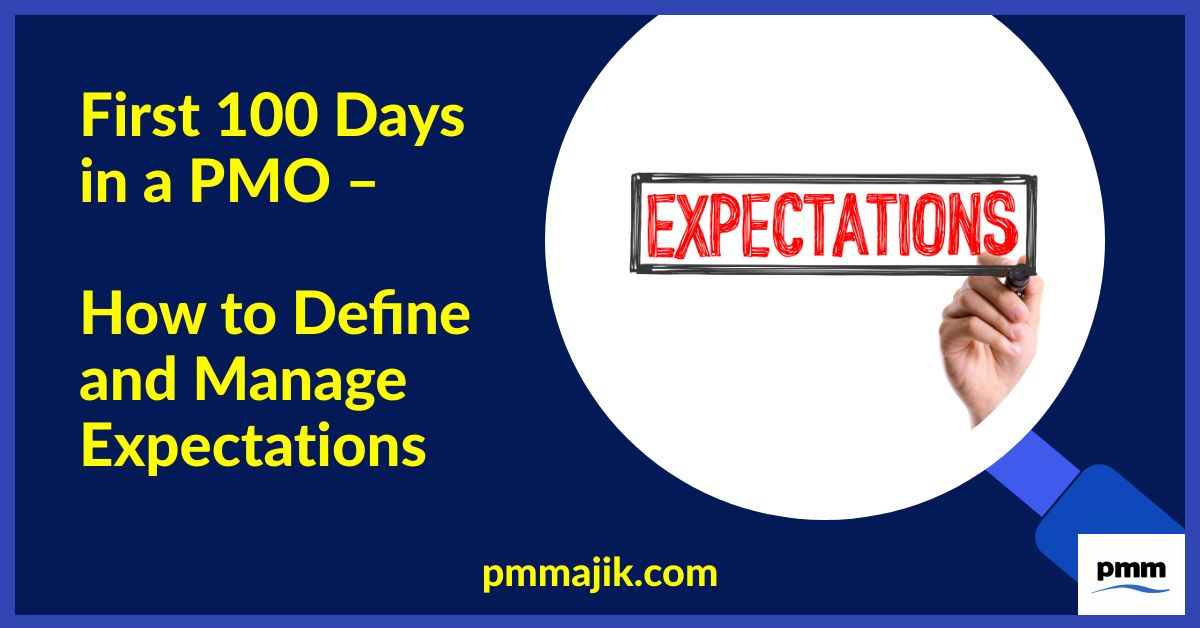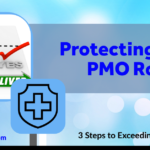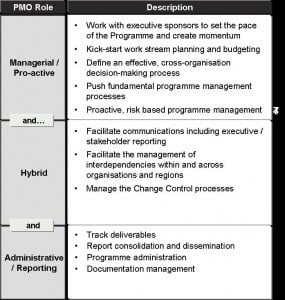Taking on a fresh challenge in a new project management office (PMO) means you need to hit the ground running with a clear plan. One of the first things you should do in your first 100 days in a PMO is to define and manage expectations.
Whether you’re starting a brand new PMO or are stepping into an existing role, you need to get to grips with the fundamentals of the office. It would help if you also let the C-suite and wider business know what your office does and how it’ll look going forward.
Our suggestion for how to take this on is the complete a process audit. This will help you understand what the PMO does at the moment and see where you need to focus your attention in the longer term to get the office into shape. To help with your new PMO audit, we’re going to look at:
- The processes relating to getting a project started
- Which processes need to be in shape during the main lifecycle of projects
- What you need to know about internal PMO processes
So you can be ready to make your new PMO role a success.
Which PMO process do I audit to define the work of my PMO?
We’ve identified eight key processes that should be present in your PMO. Every PMO will be different and may have different names for these processes, but generally, you should be able to identify how each of them works in your new office and see where work is needed.
1. Project approval
This is the process by which projects get put into your pipeline. Establish how this works and who gives sign-off to put a project on your books. This will help you see who is involved in the process and what is considered. If it doesn’t feel robust enough, you can work to build out and formalise the process later on.
2. Resource allocation
Does your new PMO have responsibility for allocating resources? This would include setting budgets, ensuring you have the right skills, and knowing the hardware and software that you use is available and fit for purpose.
3. Budget management
Along with being in charge of monitoring project budgets and resources, you’ll need to know how the PMO’s budgets are managed. Understand who has spending permissions, where expenses need to be signed off, and how you go about requesting budget increases in the future.
4. Risk management
There are lots of risks that come along with projects. You need to understand the current processes that each project uses to identify and mitigate their risks. This will likely be in to form of documentation with questions that need to be asked for each project – once you know the risks being monitored, you can later assess if there are more that need to be added.
5. Change management
Projects don’t always stay exactly as planned, and it can be essential to update the scope or deliverable to ensure its success. What does that process look like? It’s an important thing that needs close management to ensure that all elements of a project are updated.
6. Project escalation
As with everything in business, projects can sometimes go off-track. You need to establish the reporting lines when something goes wrong in a project. It’s important to understand the how of identifying problems as well as the steps that come after that.
7. Project reporting
It’s the project reporting processes that will help identify what needs escalating. This can be a big chunk of the activity of some PMOs, especially if yours is a compliance PMO, for example. Governance and monitoring projects can sometimes get rather weighty, and you should be checking for duplications, contradictions, and redundancies.
8. Project completion
Once a project is over, how does the PMO deal with winding it up? Understand what your debrief procedure is and what information is collected to allow for a wider assessment of project and PMO success.
The take-home
Going into a new PMO, it’s likely that things are done differently, even if they use the same underlying framework and processes. By taking the time to have a map of each process, you will be equipped to fully define and manage the PMO expectations during the first 100 days on the job.






